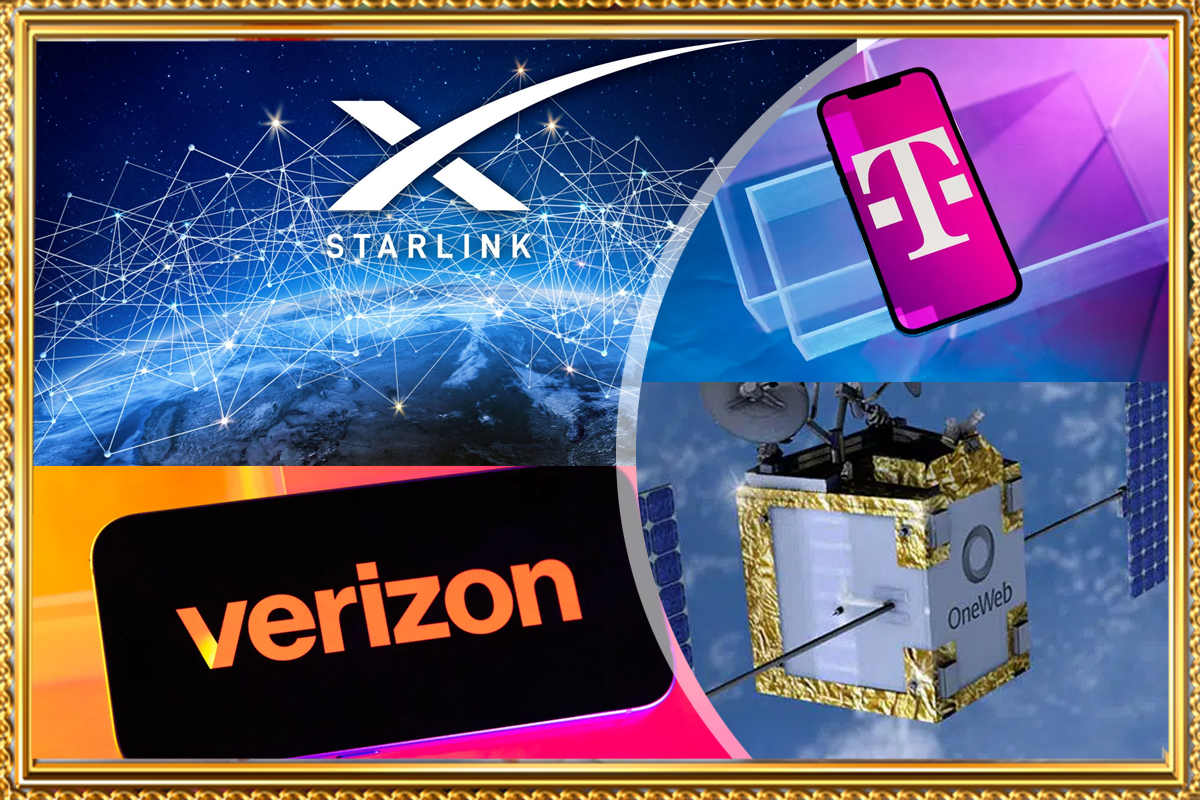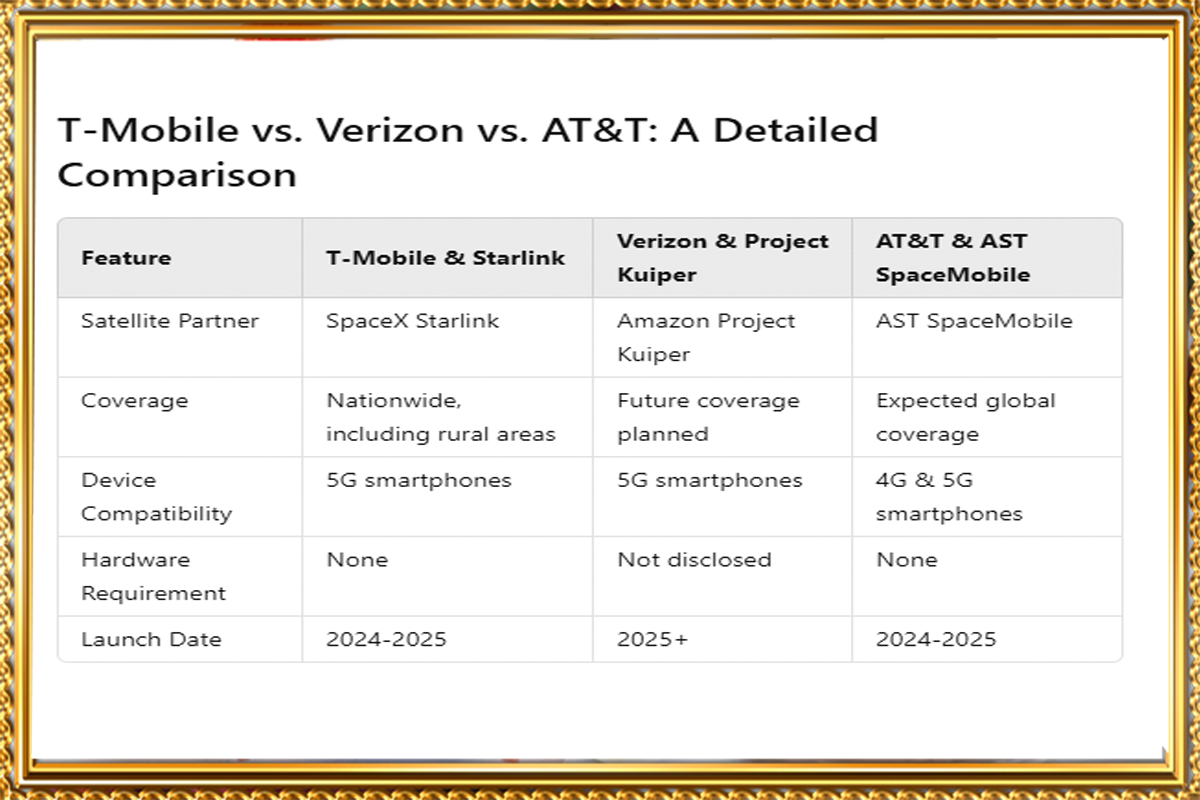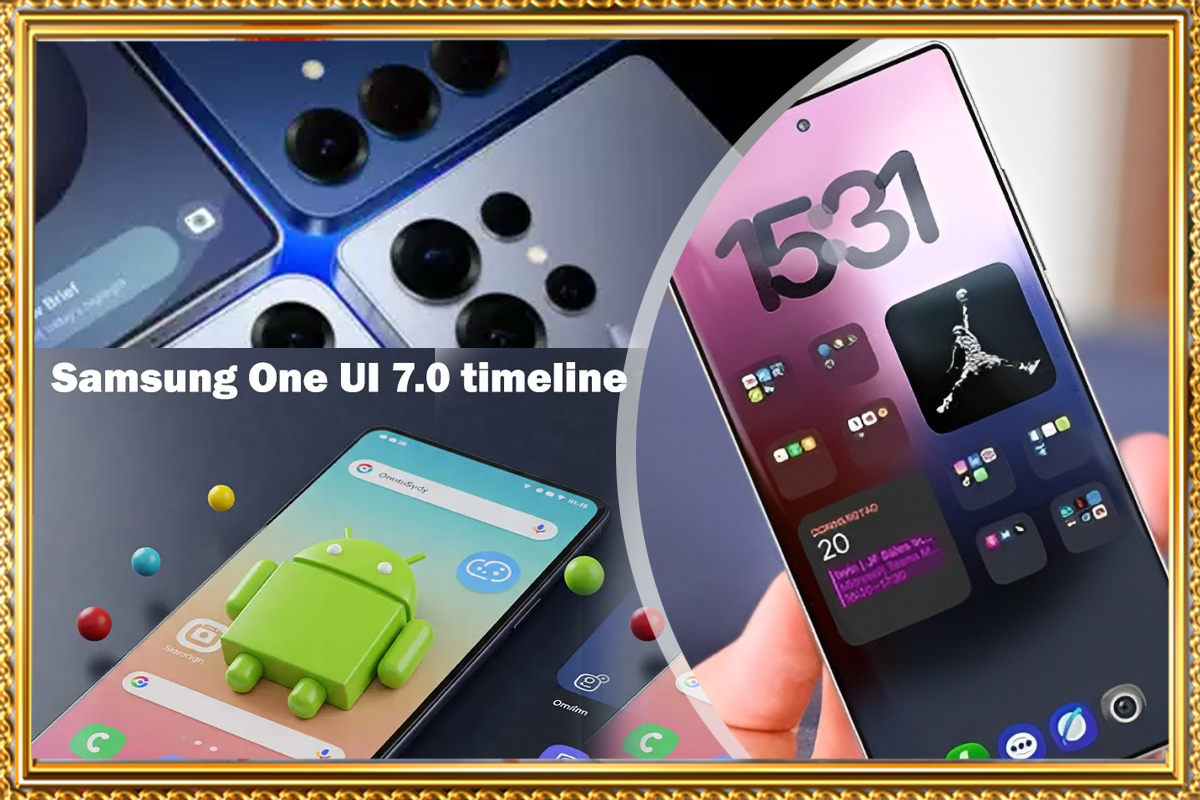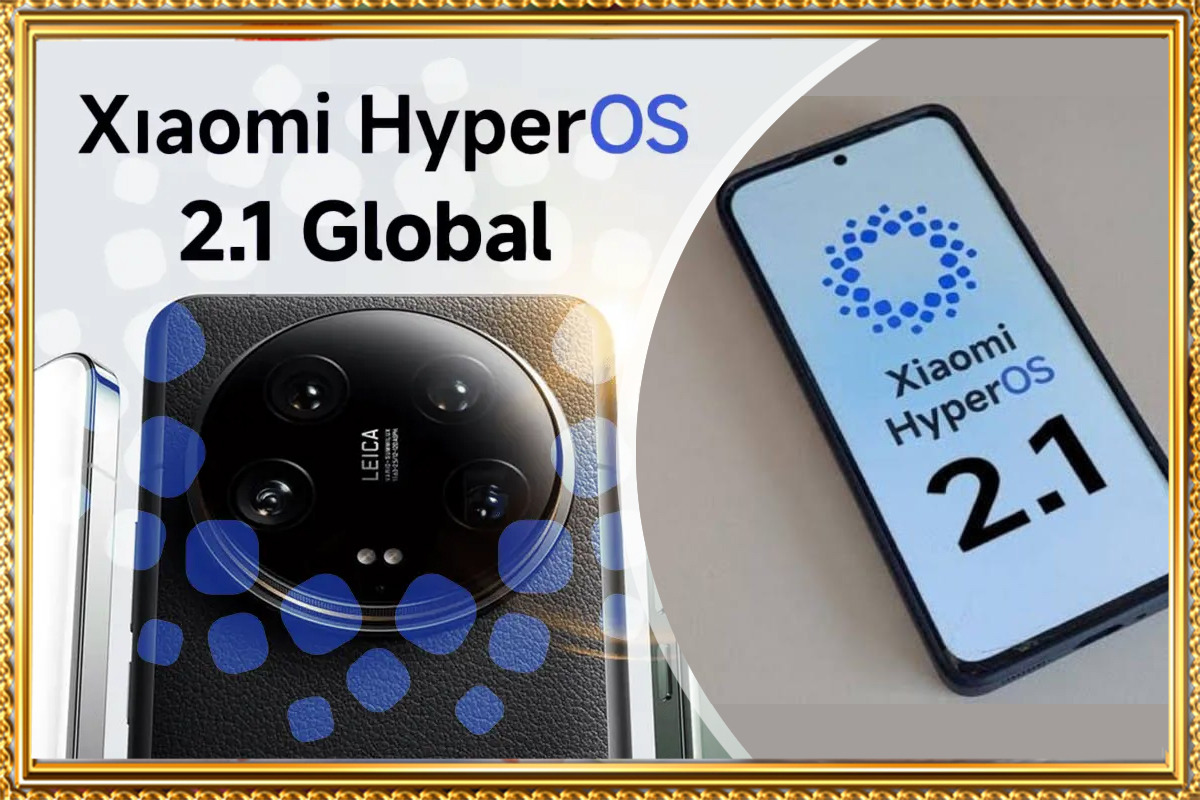T-Mobile Starlink Coverage vs Verizon and AT&T Satellite: Which is Better?

Discover how T-Mobile's partnership with Starlink compares to Verizon and AT&T’s satellite services. Learn about pricing, coverage, benefits, drawbacks, and FAQs.
The telecom industry is evolving rapidly, and satellite-based connectivity is the next frontier. T-Mobile has partnered with SpaceX’s Starlink to provide satellite-powered mobile services, challenging traditional carriers like Verizon and AT&T. But how does this partnership compare to the competition? In this article, we’ll explore T-Mobile’s Starlink integration, compare it with Verizon and AT&T’s satellite solutions, and highlight the benefits and drawbacks of this new technology.
Understanding T-Mobile’s Starlink Partnership
Verizon and AT&T’s Satellite Connectivity Solutions
Additional Benefits of T-Mobile Starlink
Additional Drawbacks of T-Mobile Starlink
Positive Aspects of T-Mobile Starlink
Negative Aspects of T-Mobile Starlink
FAQs
CONCLUSION
Understanding T-Mobile’s Starlink Partnership

T-Mobile’s collaboration with Starlink aims to provide mobile users with seamless satellite connectivity in remote areas where traditional cellular networks struggle. This service is expected to work with existing 5G-compatible devices, eliminating the need for additional hardware.
- Key Features of T-Mobile Starlink: • Satellite-based Coverage: Expands service to rural and off-grid locations. • 5G Compatibility: Works with existing T-Mobile 5G devices. • Emergency Connectivity: Provides communication options in disaster-stricken areas. • No Extra Hardware: Users don’t need a satellite phone; regular smartphones will connect automatically.

Verizon and AT&T’s Satellite Connectivity Solutions
- Verizon’s Satellite Partnership Verizon has partnered with Amazon’s Project Kuiper to develop its satellite-based mobile service. Although not yet fully operational, Verizon aims to enhance rural connectivity with a mix of satellite and terrestrial networks. Key Features: • Uses Amazon’s LEO (Low Earth Orbit) satellites. • Plans to integrate with Verizon’s 5G network. • Expected to roll out in phases starting in 2025.
- AT&T’s Satellite Solutions AT&T has been working with AST SpaceMobile to deliver a similar satellite-based mobile network. Unlike Starlink, AST SpaceMobile aims to provide direct-to-phone satellite communication without needing specialized equipment. Key Features: • Utilizes larger satellites for better connectivity. • Direct communication with 4G and 5G phones. • Designed for use by both consumers and businesses.
Additional Benefits of T-Mobile Starlink
- 1. International Expansion Potential: Future expansion may allow users to access the service globally, making it beneficial for international travelers. 2. Disaster Recovery Applications: Can play a crucial role in disaster-hit areas where cellular infrastructure is damaged. 3. Enhanced IoT and Smart Devices Connectivity: Could support remote monitoring applications in agriculture, logistics, and security. 4. Potential for Business and Government Use: Businesses operating in remote areas and government agencies may benefit from uninterrupted connectivity. 5. Scalability of Starlink Network: As SpaceX continues launching satellites, network reliability and performance are expected to improve. 6. Supports Remote Work & Digital Nomads: Provides reliable internet for remote workers and digital nomads in off-grid locations. 7. Bridges the Digital Divide: Can help rural communities gain access to high-speed internet, improving education and healthcare services. 8. Enhances Public Safety Communications: First responders can use satellite connectivity during emergencies when traditional networks fail. 9. Seamless Transition Between Networks: Users may experience smooth handoffs between cellular and satellite networks, minimizing disruptions. 10. Potential for Enterprise Solutions: Businesses in remote areas, such as oil rigs, mines, and research stations, can benefit from Starlink's coverage. 11. Lower Latency Than Traditional Satellite Providers: Starlink’s low Earth orbit (LEO) satellites provide lower latency than traditional geostationary satellites. 12. Future-Proof Connectivity: As Starlink and T-Mobile upgrade their technology, users can expect continuous improvements in speed and reliability. 13. Possible Integration with Smart Cities: Governments could integrate Starlink with smart infrastructure projects for real-time monitoring and automation. 14. Resilient to Natural Disasters: Since satellites remain unaffected by ground-based disruptions (e.g., floods, wildfires), the service can remain operational in crises. 15. Potential Partnerships with Other Industries: Sectors such as agriculture, logistics, and maritime industries could see tailored solutions utilizing satellite connectivity.
Additional Drawbacks of T-Mobile Starlink
- 1. Weather-Dependent Performance: Satellite connectivity can be affected by extreme weather conditions, such as heavy rain or storms. 2. Limited Initial User Base: Early access may be restricted to select users or premium subscribers. 3. Data Caps and Fair Usage Policies: Potential restrictions on unlimited data usage could impact heavy users. 4. Interference with Existing Networks: Regulatory approvals and frequency management could cause delays in deployment. 5. Starlink’s Satellite Density Concerns: Growing satellite deployments may contribute to space debris and require responsible space traffic management. 6. Limited Speeds Compared to Fiber & 5G: While fast, Starlink may not match fiber or advanced 5G speeds in urban areas. 7. Night Sky Pollution & Astronomical Concerns: Starlink’s satellite constellation has raised concerns about light pollution affecting astronomy. 8. Energy Consumption Considerations: Increased satellite network operations may demand higher energy usage, impacting sustainability goals. 9. Service Availability May Be Subject to Weather: Dense cloud cover, storms, and snow could cause intermittent connectivity issues.
Positive Aspects of T-Mobile Starlink
- 1. Expands Coverage in Remote Areas: Ideal for travelers, rural residents, and emergency responders. 2. Seamless Connectivity: Works with existing smartphones without requiring extra hardware. 3. Reliable in Emergencies: Satellite connectivity ensures users remain online even during network outages. 4. Collaboration with SpaceX: Starlink’s proven technology offers a strong foundation for success. 5. 5G Integration: Users experience high-speed connectivity without switching devices.
Negative Aspects of T-Mobile Starlink
- 1. Initial Rollout Limitations: Coverage may be spotty until full deployment is completed. 2. Potential Cost Increases: Pricing details are unclear, and satellite services may come at a premium. 3. Network Congestion: With millions of potential users, bandwidth limitations could affect speeds. 4. Regulatory Challenges: Spectrum allocation and legal hurdles could delay widespread adoption. 5. Competition From Rivals: Verizon and AT&T may offer superior solutions once fully developed.
FAQs
- 1. Will T-Mobile Starlink replace traditional cell towers? No, satellite connectivity will complement existing cell towers rather than replace them. 2. Do I need a special phone for T-Mobile’s satellite service? No, it will work with most modern 5G smartphones. 3. How much will T-Mobile Starlink service cost? Pricing details have not been confirmed, but there could be an additional charge for satellite connectivity. 4. When will T-Mobile’s Starlink service be available? The rollout is expected between 2024 and 2025. 5. Is satellite internet as fast as 5G? While Starlink offers fast speeds, traditional 5G networks may still be faster in urban areas.
Conclusion

T-Mobile’s partnership with Starlink is a significant step toward global satellite connectivity, offering coverage in previously unreachable locations. While the competition from Verizon and AT&T will be strong, T-Mobile’s early entry and collaboration with SpaceX give it a head start. If you frequently travel to remote areas or want reliable emergency connectivity, T-Mobile’s Starlink-powered service could be an excellent option.














Post a comment